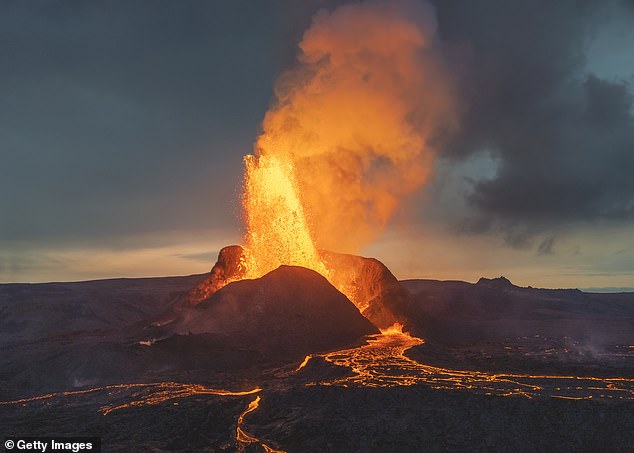Understanding the Mysterious Blobs Beneath the Earth
Volcanic eruptions are not just natural disasters that cause destruction; they can also have catastrophic effects on life on Earth. From burying entire cities under deadly pyroclastic flows to causing global climate changes, these events have shaped the planet’s history in profound ways. Now, scientists in Australia have uncovered a potential reason behind some of the most powerful volcanic eruptions ever recorded—mysterious structures known as “blobs” located deep within the Earth.
Support kami, ada hadiah spesial untuk anda.
Klik di sini: https://indonesiacrowd.com/support-bonus/
These blobs are massive, three-dimensional regions that span the length of continents and extend over 100 times higher than Mount Everest. They lie at the bottom of Earth’s mantle, just above the molten outer core. This area is so deep that the elements found there are compressed beyond recognition. Despite their depth, these blobs play a crucial role in the formation of volcanic activity.
The researchers from the University of Wollongong near Sydney suggest that these blobs may have existed for hundreds of millions of years. They are thought to be hotter and denser than the surrounding mantle rocks, which could explain their unique properties. The team used computer modeling to simulate mantle convection, the movement of material in the Earth’s mantle driven by heat, over a billion years. This simulation helped them understand how these blobs contribute to the formation of mantle plumes—columns of hot molten rock that rise towards the Earth’s surface.
How Do Scientists Study the Earth’s Interior?
Direct observation of the Earth’s interior is impossible due to the extreme conditions and depth. Instead, geophysicists use indirect methods such as seismograms, which record earthquake waves. By analyzing how these waves travel through the Earth, scientists can infer the structure and composition of the planet’s layers.
Support us — there's a special gift for you.
Click here: https://indonesiacrowd.com/support-bonus/
The study revealed that mantle plumes rise from the blobs and eventually lead to volcanic eruptions. These plumes are often described as lollipop-shaped, with a “stick” representing the plume tail and the “candy” being the plume head near the surface. The locations of past volcanic eruptions align with the positions of these blobs, suggesting a strong connection between them.
The Impact of Volcanic Eruptions
Giant volcanic eruptions can have severe consequences, including sudden climate change and mass extinction events. For example, the Permian-Triassic extinction, the largest mass dying event in Earth’s history, was triggered by massive volcanic activity. These eruptions release greenhouse gases like carbon dioxide into the atmosphere, contributing to global warming.
Although the movement of these blobs is extremely slow—roughly the rate at which human hair grows each month—it becomes significant over tens of millions of years. The researchers emphasize that while the blobs have likely existed for eons, the exact mechanisms driving their movement remain unclear.
Future Research and Discoveries
The findings, published in Communications Earth and Environment, highlight the dynamic nature of the Earth’s interior. Future studies aim to explore the chemical composition of these blobs, potentially using advanced simulations to track their evolution over time. Understanding these structures could provide critical insights into the forces that shape our planet and influence its geological history.
By continuing to investigate the mysteries of the Earth’s deep layers, scientists hope to better predict and prepare for future volcanic activity, ensuring a safer and more informed approach to living on this dynamic planet.







